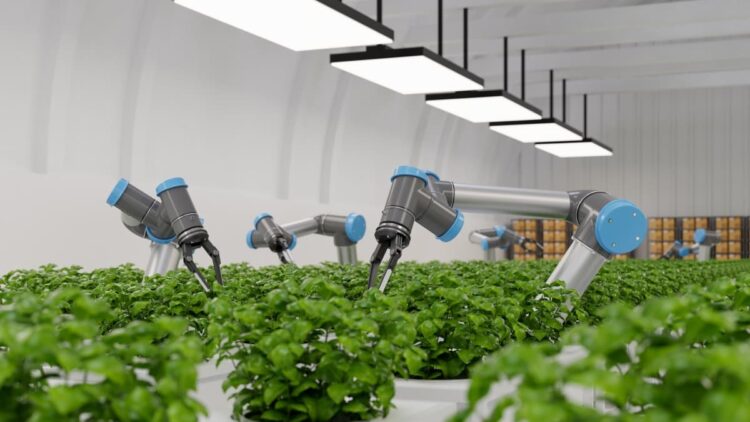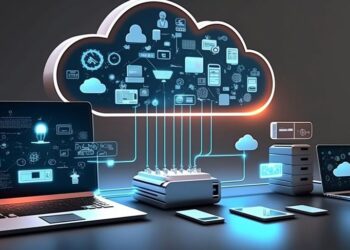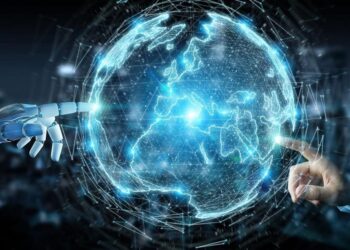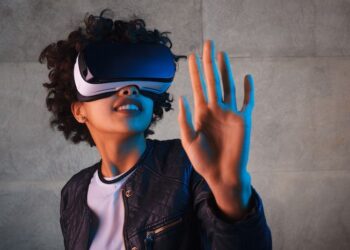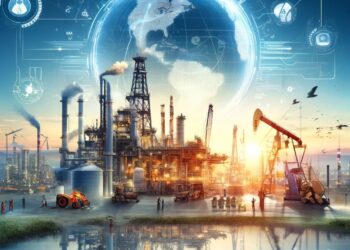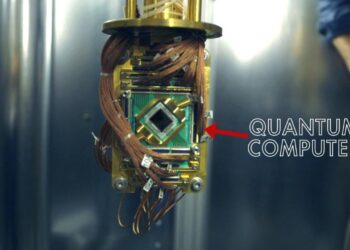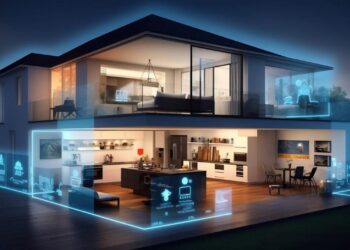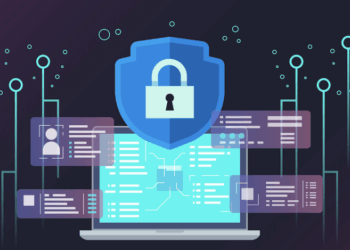In our increasingly interconnected world, the silent, omnipresent force behind the seamless flow of data is the humble yet revolutionary sensor. These miniature marvels act as the digital nervous system of our planet, transforming physical phenomena into actionable insights. From the smart devices in our pockets to vast industrial complexes and even the very fabric of our cities, sensors connect everything, gathering the raw information that fuels artificial intelligence, drives automation, and creates truly intelligent environments. This isn’t just about collecting data; it’s about perceiving, understanding, and interacting with our surroundings in ways that are fundamentally reshaping industries, improving daily life, and unlocking unprecedented levels of efficiency and insight.
The Evolution of Sensing
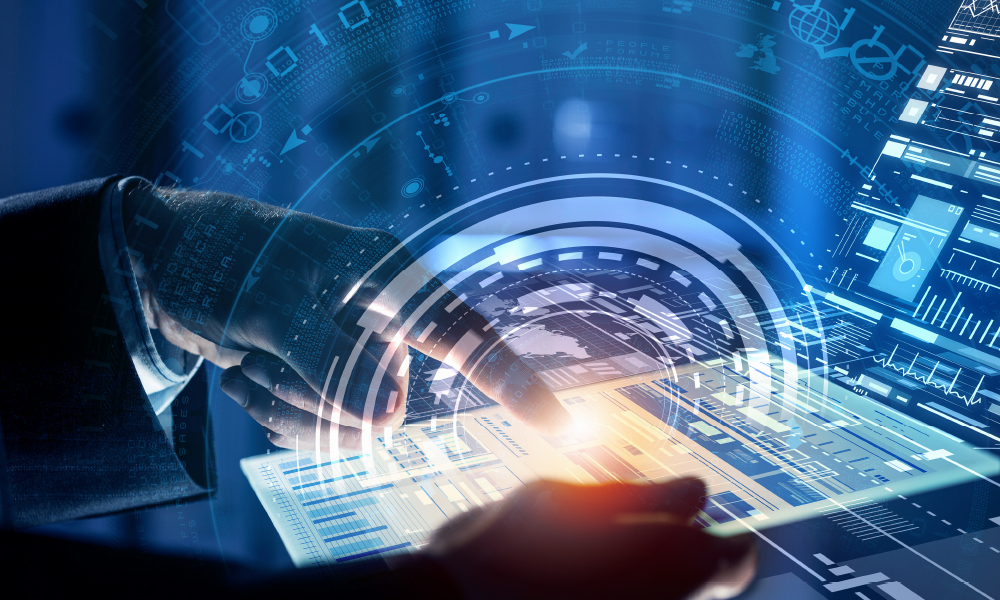
The journey of sensor technology began with simple mechanical devices and has progressed to highly sophisticated, intelligent systems. This evolution has been driven by advancements in materials science, micro-electromechanical systems (MEMS), and data processing capabilities.
A. Early Sensing Mechanisms:
* Analog Sensors: The earliest forms of sensors were typically analog, converting physical changes (like temperature or pressure) directly into a varying electrical signal. Examples include mercury thermometers and basic pressure gauges. While effective, they often lacked precision, required manual interpretation, and couldn’t easily integrate with digital systems.
* Mechanical Switches: Simple devices like limit switches, which detect physical presence or absence, were foundational for early automation in machinery and industrial processes. Their functionality was binary (on/off).
* Thermocouples and Strain Gauges: These offered more precise measurements of temperature and mechanical strain, becoming vital in early industrial control systems and scientific instrumentation.
B. The Rise of Digital and Miniaturization:
* Transistors and Integrated Circuits: The invention of the transistor and subsequent development of integrated circuits (microchips) enabled the miniaturization of electronic components, making sensors smaller, more reliable, and capable of digital output.
* MEMS Technology: This breakthrough allowed for the fabrication of microscopic mechanical and electromechanical elements on silicon chips. MEMS enabled the creation of tiny, mass-producible accelerometers, gyroscopes, and pressure sensors that are now ubiquitous in smartphones and automotive systems.
* Smart Sensors: The integration of microprocessors directly into sensor packages allowed for on-chip data processing, calibration, and even network communication, moving beyond simple data collection to intelligent sensing.
C. Connectivity and the IoT Era:
* Wireless Communication Protocols: The proliferation of Wi-Fi, Bluetooth, Zigbee, LoRaWAN, and cellular technologies (4G, 5G) enabled sensors to communicate wirelessly, untethering them from physical cables and opening up vast possibilities for deployment.
* Cloud Computing: The ability to store and process massive amounts of sensor data in scalable cloud environments became crucial. This allowed for centralized analysis, machine learning applications, and remote management of vast sensor networks.
* Edge Computing: As the volume of sensor data grew, processing data closer to the source (at the “edge” of the network) became essential to reduce latency, conserve bandwidth, and improve real-time decision-making, especially for IoT applications.
* Low-Power Wide-Area Networks (LPWANs): Technologies like LoRaWAN and NB-IoT emerged to support the unique requirements of IoT sensors – long battery life, low data rates, and wide coverage – enabling deployment in remote or hard-to-reach locations for years without maintenance.
The Diverse Spectrum of Sensor Technologies
Sensors come in an astonishing array of types, each designed to detect specific physical, chemical, or biological properties. Their collective power creates a multi-dimensional view of our world.
A. Environmental Sensors:
* Temperature and Humidity Sensors: Found everywhere from smart thermostats to industrial climate control, crucial for comfort, food storage, and manufacturing processes.
* Air Quality Sensors: Detect pollutants like volatile organic compounds (VOCs), particulate matter (PM2.5), carbon dioxide, and carbon monoxide, vital for smart cities, indoor air quality monitoring, and industrial emissions control.
* Light Sensors (Photoresistors, Photodiodes): Used in everything from automatic lighting systems and smartphone screen brightness adjustment to industrial process control and robotics.
* Pressure Sensors: Monitor atmospheric pressure, water pressure, and mechanical pressure in automotive systems, medical devices, and industrial machinery.
* Gas Sensors: Detect specific gases (e.g., natural gas, oxygen, hydrogen sulfide) for safety (leak detection), industrial processes, and environmental monitoring.
* Radiation Sensors: Detect various types of radiation (e.g., gamma, X-ray) for medical imaging, security, and nuclear safety.
B. Motion and Position Sensors:
* Accelerometers: Measure acceleration, detecting movement, orientation, and vibration. Ubiquitous in smartphones (for screen rotation, step counting), wearables, and automotive airbag systems.
* Gyroscopes: Measure angular velocity, providing information about orientation and rotation. Often paired with accelerometers for more precise motion tracking in drones, VR headsets, and navigation systems.
* Magnetometers (Digital Compass): Detect magnetic fields, used in smartphones for compass functionality and in industrial applications for position sensing.
* Proximity Sensors: Detect the presence or absence of an object without physical contact, common in smartphones (screen off during calls), automated doors, and manufacturing lines.
* GPS/GNSS Receivers: Determine precise geographical location, fundamental for navigation, logistics, asset tracking, and location-based services.
* Ultrasonic Sensors: Emit sound waves and measure the time it takes for them to return, used for distance measurement, object detection, and level sensing.
* Lidar (Light Detection and Ranging): Uses pulsed laser light to measure distances and create detailed 3D maps of environments, crucial for autonomous vehicles, robotics, and mapping.
C. Vision and Imaging Sensors:
* Image Sensors (CMOS, CCD): The core components of digital cameras, smartphones, security cameras, and machine vision systems, capturing visual information.
* Infrared (IR) Sensors: Detect heat signatures, used in thermal imaging cameras, night vision, motion detectors, and remote controls.
* Depth Sensors (Structured Light, Time-of-Flight): Measure the distance to objects in a scene, creating 3D spatial data. Important for facial recognition, gesture control, and robotics.
D. Biometric and Medical Sensors:
* Fingerprint Sensors: Used for secure authentication in smartphones, laptops, and access control systems.
* Heart Rate Monitors: Measure pulse rate, often found in wearables and medical devices, providing insights into cardiovascular health.
* Blood Oxygen Sensors (SpO2): Measure oxygen saturation levels in the blood, common in smartwatches and medical pulse oximeters.
* Glucose Sensors: Monitor blood sugar levels, particularly vital for diabetes management, with continuous glucose monitoring (CGM) systems gaining prominence.
* EEG (Electroencephalography) Sensors: Detect brain electrical activity for medical diagnostics, sleep monitoring, and emerging brain-computer interfaces.
E. Chemical and Biological Sensors:
* pH Sensors: Measure acidity or alkalinity, essential in water treatment, agriculture, and chemical industries.
* Biosensors: Detect specific biological molecules (e.g., enzymes, antibodies, DNA), crucial for medical diagnostics, environmental monitoring (e.g., water quality), and food safety.
* Electrochemical Sensors: Used for detecting specific ions or compounds in liquids, important for water quality and industrial process control.
The Internet of Things (IoT)
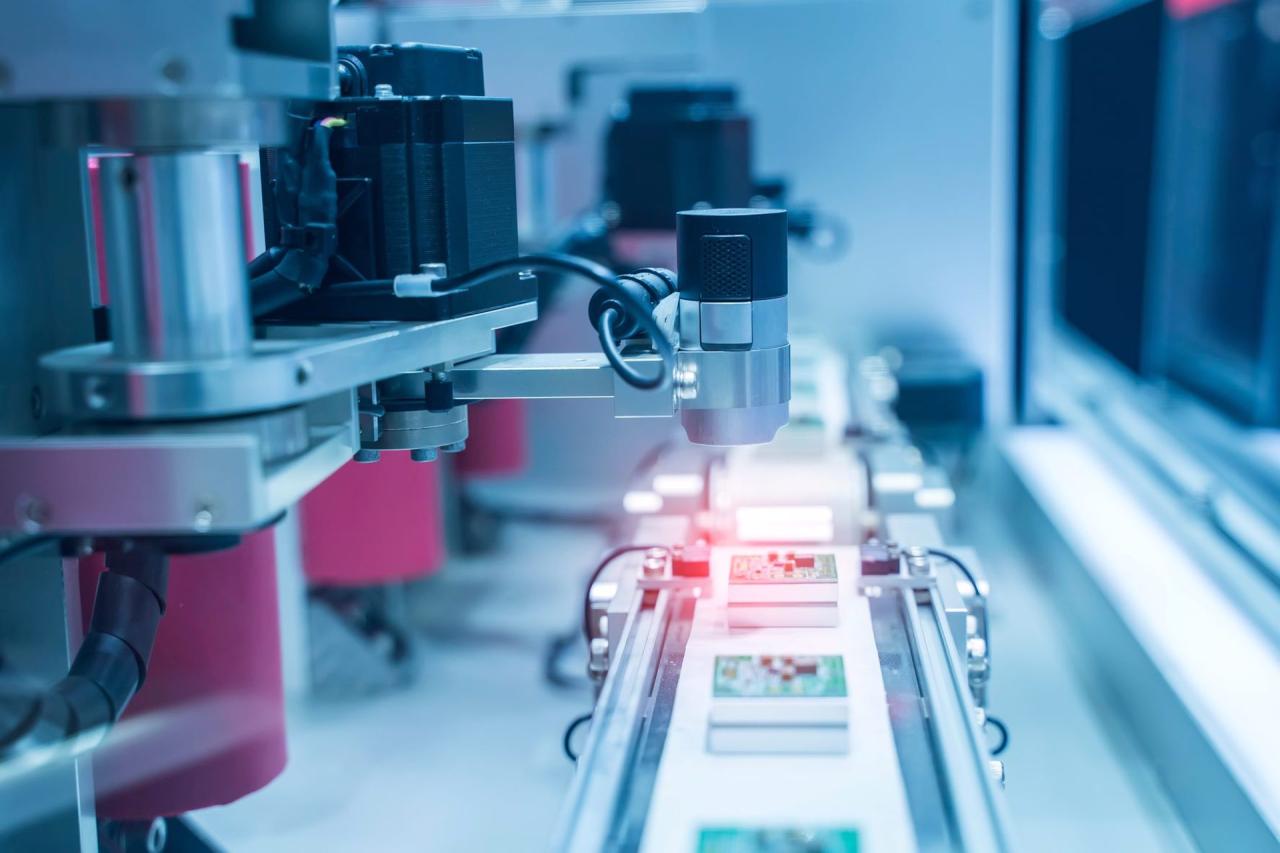
The most significant impact of sensor proliferation is the creation of the Internet of Things (IoT), a vast network of interconnected devices, vehicles, home appliances, and other items embedded with sensors, software, and other technologies that enable them to connect and exchange data.
A. IoT Ecosystem:
* Sensors and Actuators: The “eyes and ears” of the IoT, collecting data about the physical world and executing commands. Actuators, conversely, take action based on sensor data (e.g., turning on a light, adjusting a valve).
* Connectivity: The communication layer that allows devices to transmit data (Wi-Fi, Bluetooth, cellular, LoRaWAN, etc.).
* Data Processing and Analytics: Cloud or edge computing platforms that ingest, store, process, and analyze the massive volumes of data generated by IoT devices, often using AI/ML.
* User Interface/Applications: The dashboards, mobile apps, and software interfaces that allow humans to interact with and derive insights from IoT systems.
B. Applications of IoT Across Sectors:
* Smart Homes: Connected thermostats, lighting, security cameras, and appliances that learn user preferences, optimize energy consumption, and enhance convenience and safety.
* Smart Cities: Sensors embedded in urban infrastructure to monitor traffic flow, air quality, waste levels, street lighting, and public safety, enabling more efficient urban management.
* Industrial IoT (IIoT): Sensors on factory machinery, production lines, and assets to enable predictive maintenance, optimize operational efficiency, monitor product quality, and ensure worker safety.
* Healthcare IoT (IoMT): Wearable health monitors, smart hospitals, connected medical devices for remote patient monitoring, asset tracking within facilities, and real-time clinical decision support.
* Agriculture (Smart Farming): Sensors monitor soil moisture, nutrient levels, crop health, and livestock conditions, enabling precision agriculture, optimizing irrigation, and reducing resource waste.
* Retail: IoT sensors for inventory management, customer tracking, smart shelves, and personalized shopping experiences.
* Logistics and Supply Chain: Sensors for real-time tracking of goods, monitoring environmental conditions (temperature, humidity) during transit, and optimizing delivery routes.
* Autonomous Vehicles: A complex array of lidar, radar, cameras, ultrasonic, and GPS sensors are absolutely critical for perception, navigation, and decision-making in self-driving cars.
C. Benefits of IoT:
* Enhanced Efficiency and Automation: Automating tasks, optimizing resource usage (e.g., energy, water), and streamlining processes across industries.
* Real-time Insights and Decision Making: Providing immediate data for informed decisions, from adjusting factory settings to managing city traffic.
* Predictive Maintenance: Anticipating equipment failures before they occur, reducing downtime and maintenance costs.
* Improved Safety: Early detection of hazards (e.g., gas leaks, structural stress) and proactive responses.
* New Business Models and Services: Enabling subscription services based on asset performance, personalized insurance, and smart city services.
* Resource Optimization: Reducing waste in energy, water, and materials through precise monitoring and control.
Challenges and the Future of Sensing
Despite the incredible progress and pervasive applications, the widespread deployment of sensors and IoT devices also presents significant challenges and exciting future directions.
A. Current Challenges:
* Security and Privacy: The vast network of connected devices creates a huge attack surface. Ensuring the security of sensitive data collected by sensors and protecting devices from cyberattacks is paramount. Privacy concerns related to continuous data collection are also significant.
* Data Management and Overload: The sheer volume, velocity, and variety of data generated by billions of sensors can overwhelm existing infrastructure and analytical capabilities. Managing, storing, and extracting meaningful insights from this “big data” is complex.
* Interoperability: Different manufacturers often use proprietary protocols, leading to fragmentation and challenges in getting devices from different vendors to communicate seamlessly. Standardization is a critical ongoing effort.
* Power Management: Many sensors, especially in remote or difficult-to-access locations, require ultra-low power consumption to operate for extended periods without battery replacement, pushing the boundaries of energy harvesting technologies.
* Cost of Deployment and Maintenance: While individual sensors can be inexpensive, deploying and maintaining vast networks of devices, especially in remote or harsh environments, can be costly.
* Ethical Considerations: Questions around data ownership, surveillance, algorithmic bias in decision-making based on sensor data, and the potential for job displacement due to automation.
B. Emerging Trends and Future Directions:
* Hyper-Sensing and Sensor Fusion: Integrating data from multiple types of sensors to create a more comprehensive and accurate understanding of an environment or phenomenon. AI will play a crucial role in fusing and interpreting this diverse data.
* Contextual Awareness: Moving beyond simple data collection to systems that can understand the context of the data (e.g., not just temperature, but temperature in relation to human comfort, energy usage patterns, and external weather).
* Self-Powered Sensors: Advancements in energy harvesting (e.g., from ambient light, vibration, RF waves, thermal gradients) will allow sensors to operate without batteries, enabling truly ubiquitous and maintenance-free deployments.
* Intelligent Edge Sensors: Integrating more processing power and AI capabilities directly into the sensor device, enabling real-time analysis and decision-making at the source, further reducing reliance on cloud connectivity.
* Miniaturization and Bio-integration: Continued shrinking of sensors, allowing for integration into even smaller devices, clothing, and eventually, directly into the human body for advanced medical monitoring and prosthetics.
* Soft Robotics and Flexible Sensors: Developing sensors that are stretchable, bendable, and conform to irregular surfaces, opening up new applications in wearables, robotics, and biomedical devices.
* Quantum Sensors: Leveraging quantum phenomena for unprecedented precision in measuring magnetic fields, gravity, and time, with potential applications in advanced navigation, medical imaging, and fundamental physics research.
* Digital Twin Technology Enhancements: Sensors provide the real-time data that feeds into digital twins (virtual replicas of physical assets), allowing for more accurate simulations, predictive capabilities, and remote control of complex systems.
Conclusion
The quiet revolution of sensors connecting everything is fundamentally reshaping our interaction with the physical world. From powering the intelligence of smart homes and driving the efficiency of industrial complexes to enabling autonomous vehicles and personal health monitoring, sensors are the indispensable backbone of the Internet of Things and the broader digital transformation. While challenges related to security, privacy, and data management persist, the relentless pace of innovation in sensing technologies promises an even more connected, intelligent, and responsive future. As these tiny, powerful devices continue to multiply and integrate, they will provide the essential data streams that fuel a new era of understanding, automation, and human-machine collaboration, turning the invisible into the invaluable.

